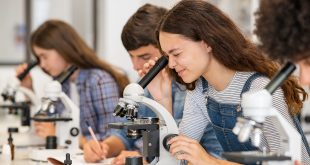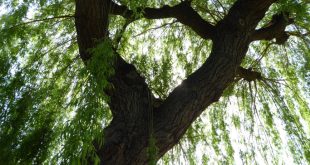By Maria Madden
When Dr. Tak Mak first entered the field of immunology, the widely held belief was that the immune system had little chance of fighting cancer.
By the 1980s, laboratories worldwide were pouring millions of dollars into unravelling one of the most challenging problems in immunology – deciphering how T-cells, an important part of the body’s immune response, recognize their targets via a structure or receptor embedded in the membrane of the cell.
“At the time, the genes encoding the T-cell receptor had proved so difficult to clone that the task was nicknamed: the holy grail of immunology,” explains Mak. “The odds were stacked against its discovery.”
In 1984, against all odd, Mak and his team at the Ontario Cancer Institute (OCI, now the Princess Margaret Cancer Centre, had a breakthrough. They isolated the gene that makes the human T-cell receptors, and in the process opened the door to a new era, making cell-based immunotherapy a medical reality and effective new form of cancer treatment.
“Nobody believed us, even people in our own department,” notes Mak of the discovery.
His T-cell receptors discovery remains the basis of research in tens of thousands of laboratories around the world. He has written over 1,000 publications and has been cited more than 120,000 times, making him the most cited scientist in Canada and among the most cited scientists worldwide.
Born in Hong Kong, his family moved to the United States in the 1960s, just as he entered university. Mak studied biochemistry and biophysics at the University of Wisconsin and University of Alberta. After earning his doctorate, he accepted a postdoctoral fellowship at the OCI in Toronto.
It was here, in the mid-1970s, that Mak worked in the laboratories of Canadian scientists Ernest McCulloch and James Till, the co-discoverers of hematopoietic stem cells. McCulloch became a mentor to Mak, teaching him to challenge dogma and combine careful and methodical approaches with free thought.
In the years that followed the discovery of the T-cell receptor, Mak continued to blaze a trail in the understanding of the molecular biology of the immune system and cancer at a cellular level, bringing that spirit of questioning the conventional with him.
His lab was also one of the first to generate genetically modified mice, known as “knockout” mice. They produced over 200 new knockout mice, which enabled scientists worldwide to study the effects of individual genes.
These landmark discoveries, combined with those of his peers, have paved the way for research teams to battle cancer through immunotherapy, now considered the fourth pillar of cancer treatment – alongside surgery, chemotherapy and radiation therapy. Most notably, a T-cell-based approach, known as CAR (chimeric antigen receptor) T-cell therapy was approved to treat several types of blood cancer and offers hope to patients with a terminal diagnosis.
Mak continues his pursuit of scientific discovery as a senior scientist at the Princess Margaret Cancer Centre in Toronto. His most recent work includes a partnership with Kevin Tracey, a neurosurgeon at the Feinstein Institute for Medical Research in Manhasset, N.Y. Together with collaborators, the two scientists have uncovered the mechanisms whereby the brain talks to the immune system, solving a puzzle that scientists have pondered for more than a century.
“We believe it’s an entirely new lens through which to look at numerous diseases including cancer, viral infections and autoimmune conditions,” explains Mak.
Mak’s lab is also studying how mutations in a particular digestive enzyme drive the development of certain types of leukemia and lymphoma, dissecting the pathways that lead to these cancers and how to potentially reverse them. To this aim, he cofounded Agios, a drug development company that has two FDA-approved medicines for the treatment of terminal leukemia patients.
Where does that spark of ingenuity come from? For Mak, it comes down to curiosity, outstanding trainees and colleagues, as well as trying to make connections between all scientific disciplines. “There are no limits to profound questions we can ask about science and the future,” he explains.
Of the mysteries that he himself has played a role in unravelling, Mak says, “Those are the moments that make years of hard work worthwhile.”
 BioLab Business Magazine Together, we reach farther into the Canadian Science community
BioLab Business Magazine Together, we reach farther into the Canadian Science community





